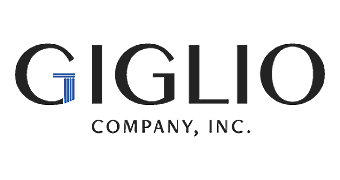Five Steps for Improved Client Communication
When most people think about client communication, they picture a presentation with slides, charts, bullet points, etc. However, most people I consult with rarely given a “formal” presentation. Rather, they are called upon to discuss an issue with a client or internal team. But that shouldn’t mean the communication is less important! It still takes preparation and attention to detail.
Whether you are delivering an internal update or an external new business presentation, these five steps will make your communications succeed:
Start with Your Audience’s Objectives
Too often people begin a presentation with background/history versus what their audience desires. Better to state at the start, “As you’ve said, your primary objective is to…”
Two of the most powerful words in persuading are the words ”you said.” It shows you’ve heard your client and realize the importance of their objective. It even helps when a client objects to your recommendation. Answering them with, “I understand your objection but, you said that ___ was important to you. Has something changed?” Now you’re going to get to the bottom of their objection and have new intel to make a revised recommendation!
Pinpoint the Obstacles
Be clear about the obstacles your clients have faced. State what’s prevented them from achieving their objective. This let’s them know you understand their situation and creates urgency to your recommendations. From there, you can collectively arrive at solutions. But you have to know the problem you are solving first, right?
Present an Agenda
Nothing controls a communication more than a clearly distilled agenda. It shows your homework has been done and your ready to edify people of your diligence. It also let’s you know whether you’ve given yourself enough time to achieve your meeting objective. So often, my clients say they run out of time when presenting their recommendations. I’ve found that poor time management begins when you don’t have an agreed upon agenda. Use one to organize your thoughts and ensure that you have plenty of time to accomplish what you set out to do.
Say “What this means for you…”
Once you’ve completed a point in your agenda, you’ve got to link it to your client’s world using this phrase. They may or may not do it on their own. Take the guess work out of it! Make sure that they can see that what you are recommending solves an issue for them. Make their life easier!
Present a Critical Path Forward
Ever leave a meeting not knowing whether you accomplished your goal or what the next steps are? It’s because you didn’t declare the next steps and get agreement on them from your audience. Always present a critical path forward. It says to your client, “here is the next step I’m putting forth for you to accept.” They may not accept it or, may suggest alternatives. But at least you will know where things stand.
Enjoy succeeding with these points and let me know how they’ve helped in the comments below. Thank you!




